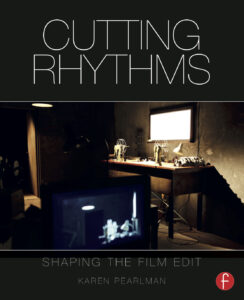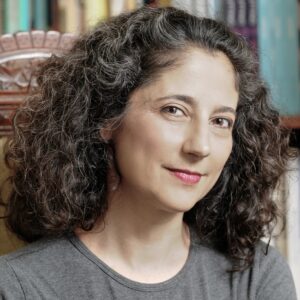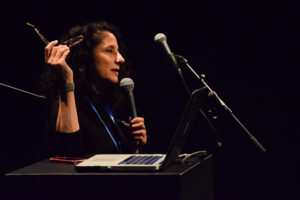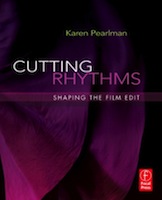



Editing Classes & Workshops
based on Cutting Rhythms, Shaping the Film Edit
"This 'out-of-the-box' approach was invaluable"
Danielle Boesenberg, editor
"Really helped take the rhythm and allegory to an exceptional place"
Eleanor Winkler, producer
Sample Classes:
Evaluating Editing
This class puts forward the proposal that good editing is not invisible. We ‘see’ editing when we see the flow of movement – the movement of events, emotions, images and sounds. In this class we will develop tools for seeing and evaluating the flow of movement and the style that the editor has used to shape it. Useful for editors and all filmmakers this class gives collaborators an effective vocabulary for talking to each other about an editing process as it is progresses and evaluative tools for looking at their own work and work by other filmmakers.
What is rhythm in film editing?
This class looks at the materials and operations of shaping the rhythm of a cut and identifies what an editor has to work with and how they think – consciously or unconsciously – when shaping a film’s pattern and flow. We also look at some examples and discuss the purpose of rhythm in film – what is rhythm for? why is it so important? How does it do its work of communicating directly to a spectator’s body and shaping their experience of story?
Emotional Rhythm
The exchanges of emotionally laden dialogue between actors is one of the most common scenes in cinema, and yet any director will tell you it is not the words being exchanged that matters, but the subtext. The audience’s emotional experience follows the rise and fall of the character’s emotional journey and this class will look in detail at how an editor shapes that rise and fall when shaping emotional rhythm.
Physical Rhythm
The flow of images and sounds speak directly to the bodies of spectators in cinema. This class looks at instances of physical scenes in film and the shaping of their images and sounds in editing. What considerations are at work in shaping this visceral, often subliminal communication of a film’s feeling and intention to an audience? How does an editor ‘choreograph’ a physical scene so that it sustains a dynamic and allows an audience a kinaesthetic connection?
- classes are three hours each
- combine two classes to make a one day workshop,
- all four create a two day workshop